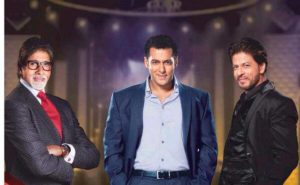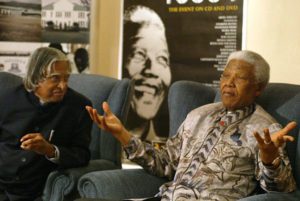Lead change at PSUs from top
In this era of transparency and customer activism, efficiency of public organisation is key. Click here to read full article.
In this era of transparency and customer activism, efficiency of public organisations is key. But how do you emulate private sector efficiencies and a result-driven work culture in organisations, which over the years have prioritised processes, procedures and hierarchy over speed of execution and stakeholders’ expectations?
In our work with various pubic and semi-public organisations, we have seen that of ten the CMD or CEO wants to bring about change and leave a legacy. But the effort is shackled by a senior team set in their ways and a bureaucracy that thrives on time-consuming, redundant and repetitive tasks. We found these top 10 issues in such organisations:
1)Lack of accountability:
Leaders felt employees did not take ownership of tasks. Employees felt leaders did not define roles and timelines properly, did not give complete authority or help remove obstacles.
2) No inspiring leadership
3) Poor communication
4) Appraisal system not transparent
5) Decision-making slow and secretive
6) Work allocation ad hoc
7) Poor work-life balance
8) Too much negativity: Immediate reprimands for 20% of jobs that were probably not done well, but hardly any praise or acknowledgement for the 80% jobs done well.
9)Inadequate resources: Infrastructure and skills often lacking versus workload and expectations.
10) Poor new employee hand-holding
The frustration of the CEO is compounded when he or she realises the limitations of the role: in a public setting, you cannot fire poor performers, and promotions are time bound. Throw in a lack of trust and politics, and many would interpret the CEO’s desire for speed as having ulterior motives.
These limitations make any change management difficult. Still, we would suggest the following:
1) Set the tone from the top
2) Establish a sense of urgency: Get universally credible figures, noted public personalities etc to explain change. The message needs to be carefully crafted. Too harsh, and you lose support; too soft; and nobody gets the urgency.
3) Create a common vision:
Bottoms-up, with organisation reinvention teams doing the drum-beat.
4) Have monthly team meetings
5) Have objective and transparent processes: Overhaul the appraisal system, interview top performers to identify gold standards for every role and document the mindset, behaviour/actions and results expected. Ditto for work planning.
6) Start a recognition framework
7)Give regular feedback: Performance or personal feedback to be given on a regular basis rather than only during appraisal time. 360 degree feedback needs to be implemented, starting at the top level.
8) Organise training: Some themes for managers and subordinates could be: positive thinking, building trust, increasing motivation, giving and receiving feedback, work allocation, communication and listening skills, accountability and ownership, customer service, success driers, interpersonal relationships. Also, have in place a robust induction system for new hires with senior management commitment.
9) Have very close interaction between consultants and clients
10) Have a holistic engagement model: Sustain the high with regular stakeholder feedback, employee engagement and monitoring.
In almost all cases where the holistic 10 steps were followed, we have seen significant improvement in critical areas: leadership, trust, inter-departmental cooperation, transparency, accountability and ownership, people development (delegating and coaching).
So, as Louis Gerstner famously wrote of IBM, elephants can dance too. But we need a clear tone from the top, sustained focus and collaborative effort.
(The writer is CEO, Elements Akademia and guest faculty, IIM Lucknow)













 This information will never be shared with third party
This information will never be shared with third party